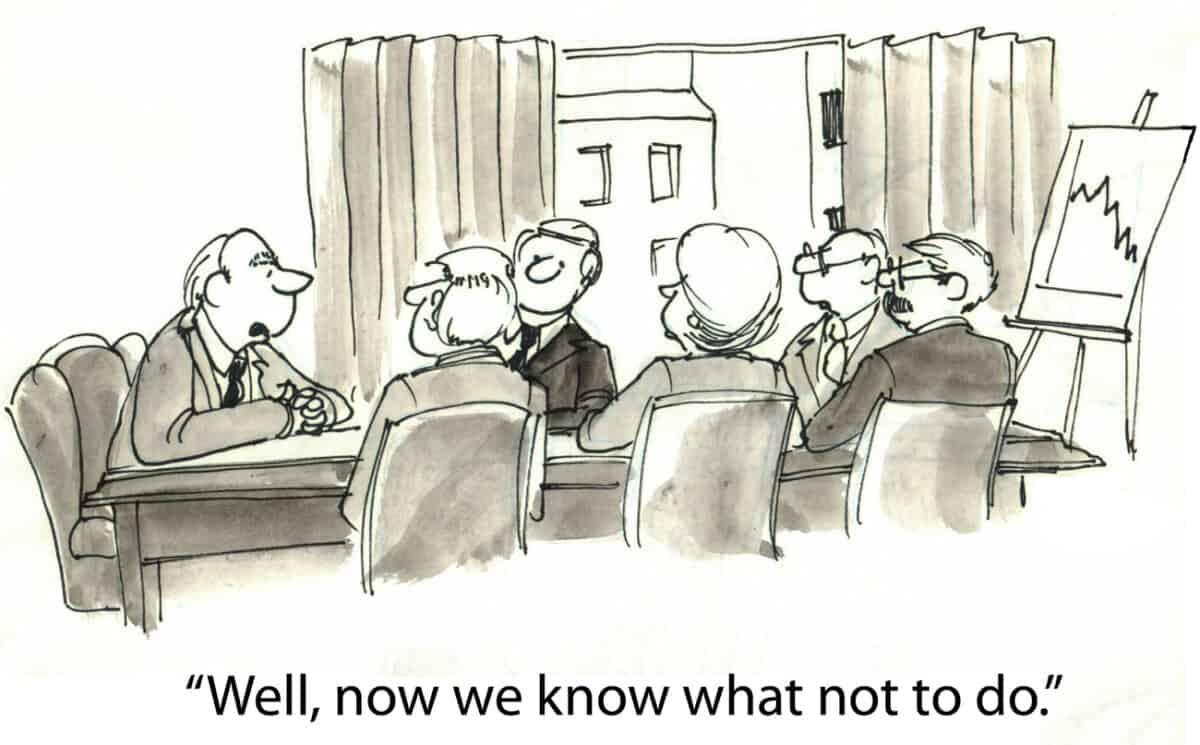Extensive multinational auditing and consulting firms have been hammered for the last few years over the potential conflict of both auditing and advising the same companies and a toxic workplace culture. Most companies will not be able to afford these consultants’ prices, but the conduct of the large companies, the “corporate leaders”, affects every business by setting the standards. The influence of these large companies over public (and work health and safety) policy should also be noted and is being reviewed by some governments.
Category: Burnout
Who is responsible for Burnout? And for preventing it?
I apologise for often referring readers to paywalled content. This restriction can affect the impact and flow of a story, but I want readers to be able to verify the sources of my comments and my information. And I acknowledge that this blog, for many, is an example of the economic reality of paywalled content.
However, there was an article in The Guardian on October 11, 2022, about burnout that is well worth reading (You may be able to get short-term access). Below are some extracts from that article with my thoughts.
The Guardian article “‘I didn’t see how I could ever get back to a normal life’: how burnout broke Britain – and how it can recover” by Gaby Hinsliff,, recounts several cases of burnout and near-burnout that are typical of responses to work-related mental ill-health.
Rebuilding the “Duty TO Care”
Decades ago, the occupational health and safety (OHS) conferences had speakers regularly urging us to focus on the “H” in OHS. The “H” was often “Health”, but it was also the “Human”. OHS professionals have long acknowledged that the profession, and the OHS regulators, focussed for too long on traumatic physical injuries and less on health risks, often related to dust, or human risks associated with bullying, harassment and other psychosocial harms. Those days have gone by, but employers and institutions are yet to catch up.
Part of the reason for this lag is the intransigence of the neoliberal ideology and economics epitomised by Margaret Thatcher in the UK, Ronald Reagan in the USA, and Bob Hawke, Paul Keating and John Howard in Australia. (Australia’s neoliberalism was sneakier than in other countries and not just nationally. Jeff Kennett, I am talking about you). Neoliberalism is on the decline, although slower than it should be.
More bravery is needed on workplace mental health
The bookshops I visit often have two sections of books marked Business and Management. These categories are interchangeable for occupational health and safety (OHS) purposes, but the shopowners and/or publishers differentiate. Both categories have self-help books – leadership varieties, how to be a better manager, how to make lots of money really quickly (without apparently anyone being exploited!!). Books discussing mental health are in both categories, and three, in particular, seem to show the potential for improvement in mental health and the self-imposed limitations to achieving this.
Resilience training is not dead, but it is coughing up blood
[This article was submitted to The Age (and elsewhere) as a soft counter to so many workplace articles about health and safety that never include content from an occupational health and safety (OHS) specialist. It was never used, even though rewrites were requested.
So it gets used here and in support of this curious month of October where, in Australia, there are two separate monthly themes – Mental Health and Work Health and Safety. That these themes continue to be separate says heaps about the culture in each of these sectors]
Australian jurisdictions are amending their workplace health and safety (WHS) legislation to specify that the unavoidable duties and obligations of employers must now include the psychological health of their workers and not just physical health. These reasonable and long overdue moves are manifesting in new laws, and new guidances supported by new International Management Standards. The kicker in these changes is that, at least in Victoria, employers will no longer be able to rely solely on awareness training or resilience training to manage workplace mental health. This position could, and should, challenge traditional mental health trainers and lobbyists to recalibrate their workplace strategies.
Continue reading “Resilience training is not dead, but it is coughing up blood”Plants, cake and mental health
On mental health, a clinical psychologist, Dr Sanah Ahsan wrote in The Guardian recently that:
“…. I’ve seen first hand how we are failing people by locating their problems within them as some kind of mental disorder or psychological issue, and thereby depoliticising their distress.”
The Guardian, 6 September 2022
This perspective, enlightened for psychologists, is an established position for the Occupational Health and Safety (OHS) advocates. But OHS advocates have been traditionally weak and sometimes timid outside of the trade union movement. Most employers will pay more attention to the OHS position on mental health when it is spoken by one of their own or by a more respected professional.
Multidisciplinary approach to work-related suicides (Open Access)
Recently Denmark hosted the 19th European Symposium on Suicide and Suicidal Behaviour. Workplace suicide was on the agenda, and SafetyAtWorkBlog was able to pose some questions to a leader in suicide research, Professor Sarah Waters. Below is an illustrative extract:
Continue reading “Multidisciplinary approach to work-related suicides (Open Access)”“….If we reduce suicide to a mental health problem that is located in the mind, then there is no need to question the wider social structures and power relationships in which the individual is embedded. Suicide in my view is a political and a societal problem that is shaped by the wider social forces of which the individual forms part….”







